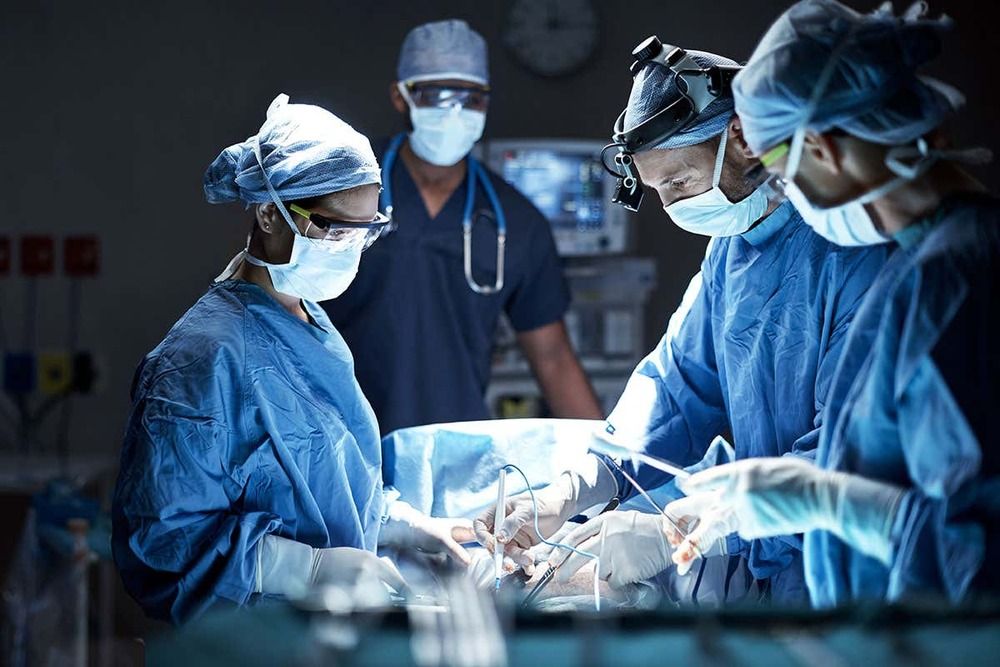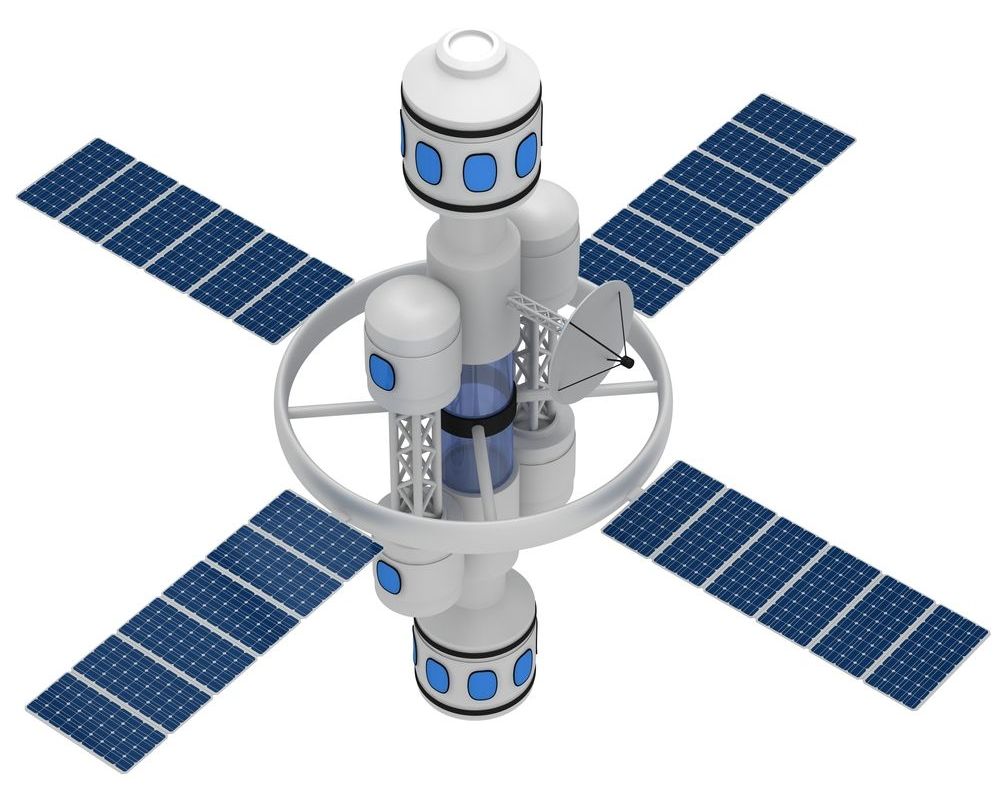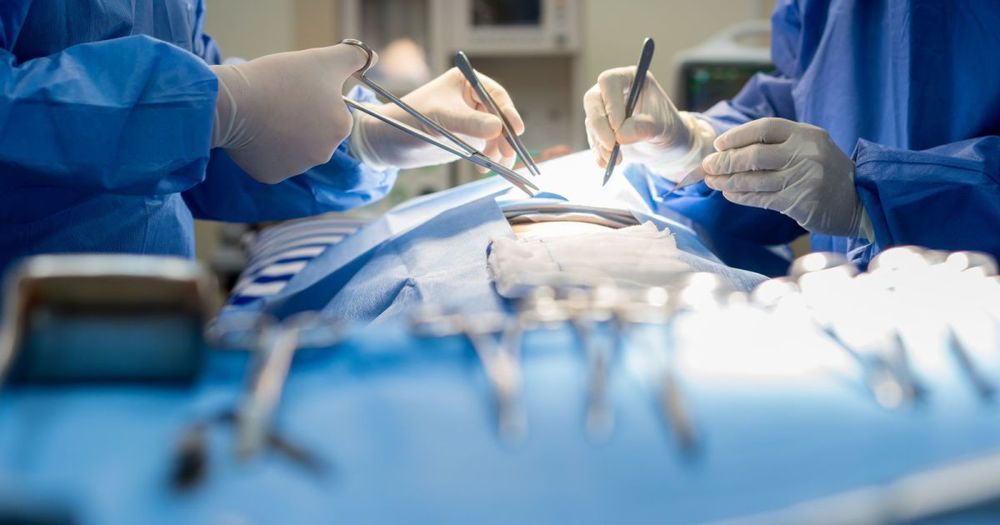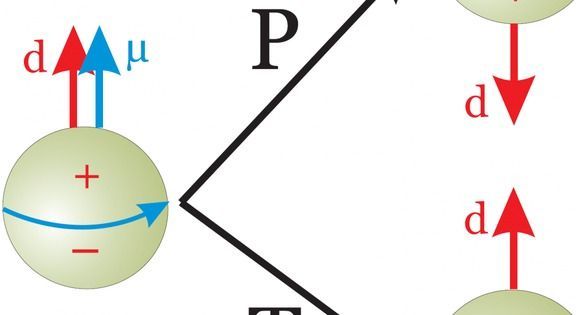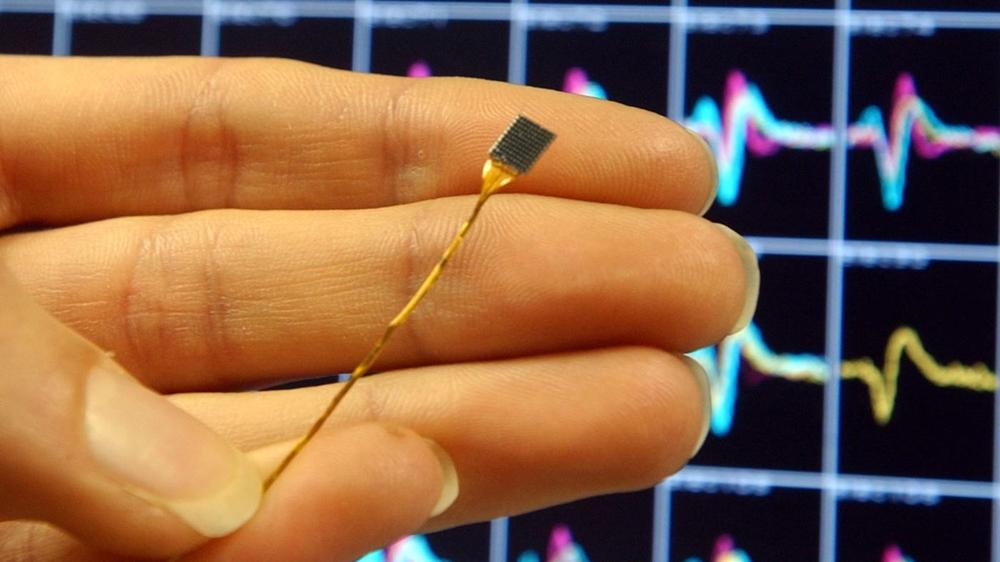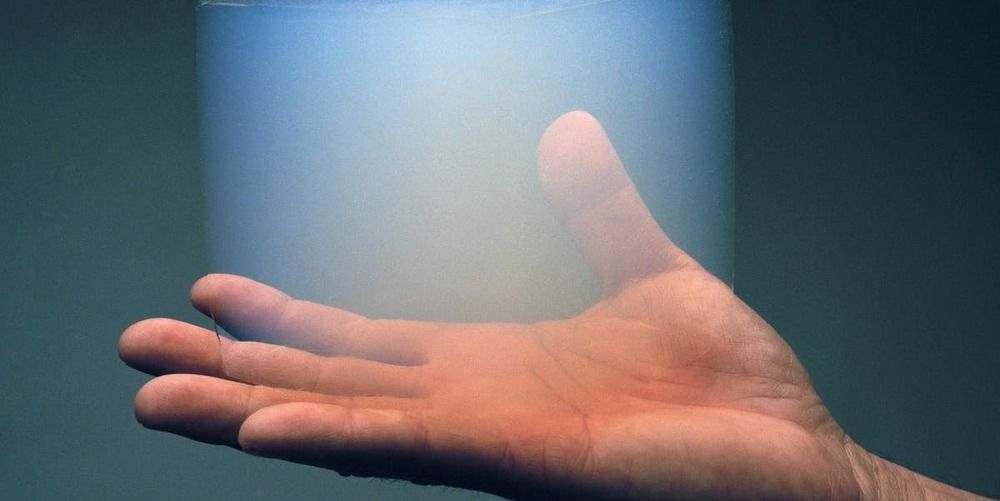Nov 20, 2019
Exclusive: Humans placed in suspended animation for the first time
Posted by Shane Hinshaw in categories: biotech/medical, weapons
New Scientist.
The technique, officially called emergency preservation and resuscitation (EPR), is being carried out on people who arrive at the University of Maryland Medical Centre in Baltimore with an acute trauma – such as a gunshot or stab wound – and have had a cardiac arrest. Their heart will have stopped beating and they will have lost more than half their blood. There are only minutes to operate, with a less than 5 per cent chance that they would normally survive.
